Introduction to Colombia’s Rich Culture and Diversity
Colombia, a country nestled in the northwestern region of South America, offers a captivating blend of vibrant culture and rich ecosystems that enthrall travelers from around the world. From the lush Amazon rainforest to the stunning beaches of the Caribbean coast, Colombia’s diverse landscapes are as varied as its cultural heritage. This medley of natural beauty and historical richness makes the country stand out as a premier destination for tourists seeking unique experiences.
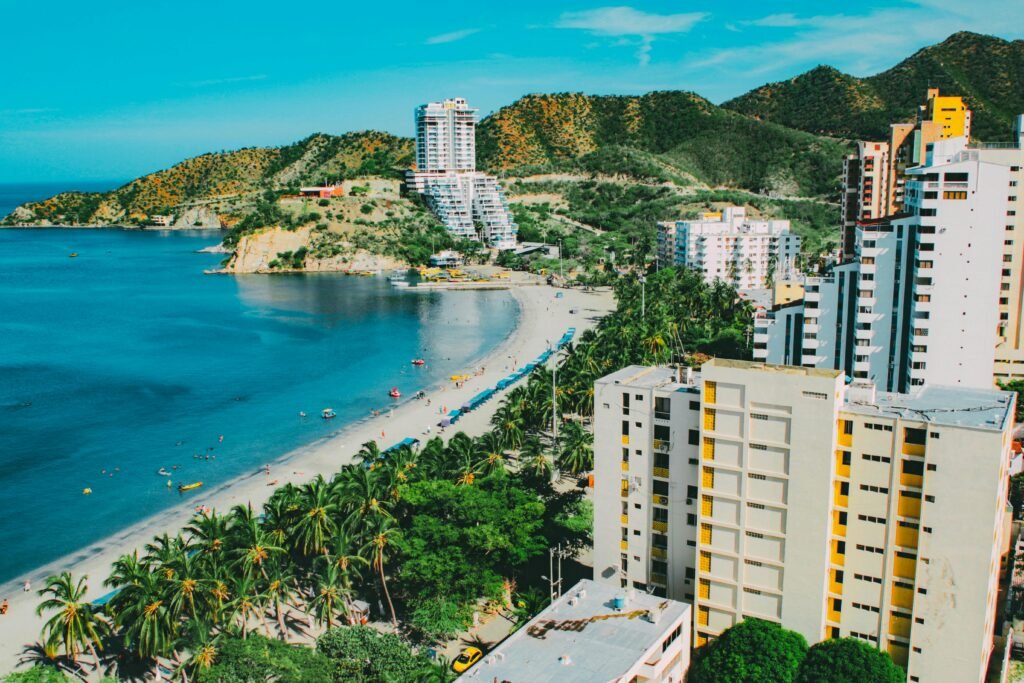
The nation is renowned for its colorful festivals, captivating music, and cuisines that reflect a fusion of its indigenous roots, Spanish colonial influences, and African heritage. Coastal cities like Cartagena boast a rich architectural history, while the Andes mountain range offers breathtaking views and adventure opportunities, including hiking and coffee tours. Each region in Colombia presents its own distinct traditions, which are celebrated in local festivities that attract visitors year-round.
Colombia’s reputation as a growing tourist destination is continuously reinvented, with travelers now recognizing its myriad attractions. The country has made significant strides in improving safety and infrastructure, attracting international travelers eager to explore its hidden gems. Colombian hospitality is legendary, with locals often expressing warmth and friendliness that make visitors feel at home. This welcoming atmosphere, combined with the country’s vibrant culture and stunning nature, creates an enticing package for anyone considering travel.
Moreover, Colombia has an abundance of unique experiences awaiting discovery. From exploring the Amazon’s biodiversity to enjoying the rhythms of salsa in Cali or absorbing the historical depth of Bogotá, Colombia offers something for everyone. As such, it has become a must-visit country, beckoning adventurers and culture seekers alike to explore the wonders it holds.
The Enchanting City of Cartagena
Cartagena, a vibrant coastal city located on Colombia’s Caribbean coast, is famed for its remarkable colonial architecture and captivating natural beauty. Declared a UNESCO World Heritage site, Cartagena’s old city features a stunning array of well-preserved buildings that reflect its rich history dating back to the 16th century. The historical charm is evident as visitors stroll along the cobbled streets, flanked by colorful facades adorned with bougainvillea, balconies, and intricate ironwork.
The city is not only a feast for the eyes but also offers breathtaking beaches. Visitors can bask in the sun at Playa Blanca or enjoy the serene atmosphere of the Rosario Islands, which are easily accessible by boat. The sparkling turquoise waters and soft sandy shores create an idyllic setting for relaxation and various water activities. Beyond its natural allure, Cartagena boasts a bustling nightlife, driven by its vibrant locals and diverse entertainment options. Visitors can immerse themselves in the city’s lively atmosphere by exploring its numerous bars, clubs, and restaurants that cater to every taste, from traditional Colombian cuisine to international flavors.
Cultural activities are abundant in Cartagena, allowing tourists to engage with the local spirit and heritage. Festivals such as the International Music Festival and the Hay Festival celebrate various aspects of Colombian culture, featuring renowned artists and locals alike. Additionally, the city often hosts events that showcase traditional music and dance, such as cumbia and vallenato, providing an authentic experience for those seeking to understand the cultural fabric of the region. With its rich history, stunning architecture, and lively festivities, Cartagena is a favorite destination for those exploring the wonders of Colombia.
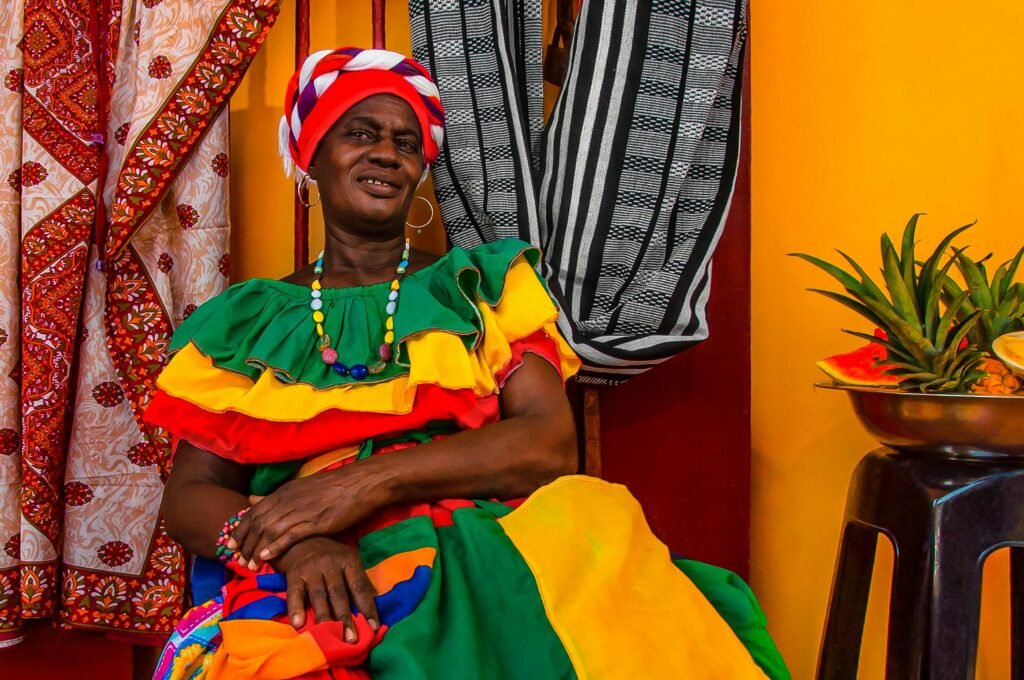
Experience the Natural Beauty of the Coffee Region
Colombia’s Coffee Triangle is a captivating destination nestled in the heart of the Andes, renowned for its lush mountains and vibrant coffee plantations. This area, which includes the charming towns of Manizales, Salento, and Armenia, offers visitors a unique opportunity to immerse themselves in both the stunning natural landscape and Colombia’s rich coffee culture.
The Coffee Triangle is an ideal location for various tours that cater to coffee enthusiasts and nature lovers alike. Travelers can embark on guided visits to local coffee farms, where they can observe the meticulous process of coffee cultivation. These tours often include hands-on experiences, from picking coffee cherries right from the trees to learning the intricacies of roasting. Such activities provide a deeper understanding of the labor and artistry that go into producing one of the world’s favorite beverages.
In addition to coffee tours, the region is also a hiker’s paradise. Numerous trails weave through the verdant hills, offering breathtaking views of cascading waterfalls and vibrant flora. From gentle walks suitable for families to challenging hikes that reward adventurers with panoramic vistas, there is something for everyone. Notably, the Cocora Valley, with its iconic wax palm trees reaching towards the sky, is a must-visit for those seeking memorable photo opportunities amidst the natural beauty.
Salento serves not only as a gateway to these outdoor activities but also boasts a vibrant marketplace filled with artisan crafts and delicious local cuisine. Meanwhile, Manizales entices visitors with its stunning cable car rides that provide an aerial perspective of the lush landscape. Each town possesses its own unique charm, making the Coffee Triangle a multifaceted destination that showcases Colombia’s breathtaking scenery and cultural richness.
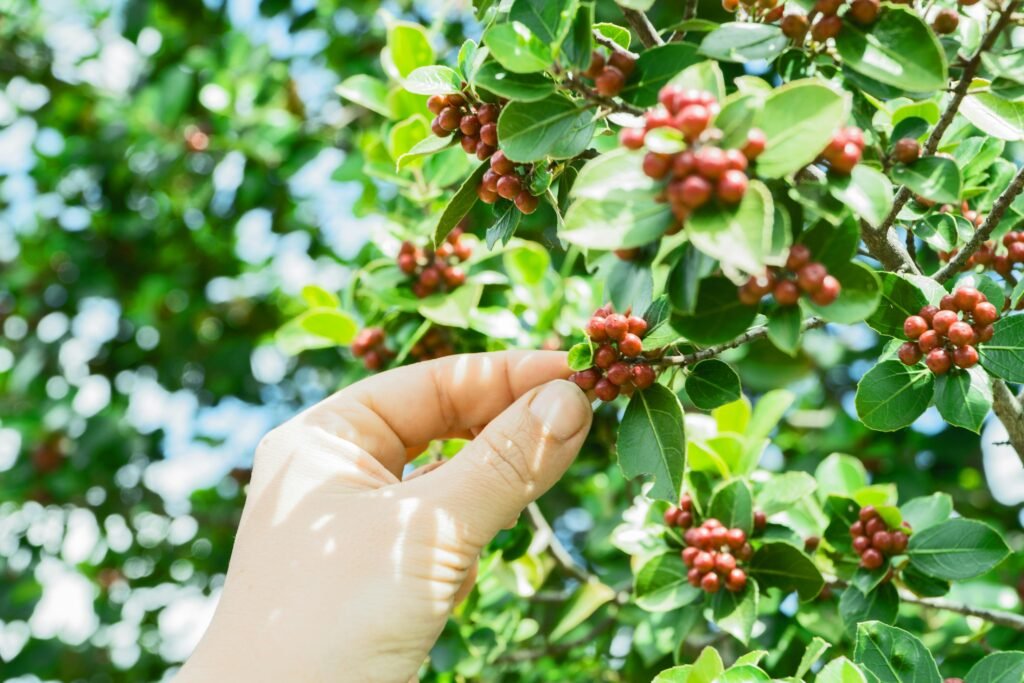
Adventure Awaits in Medellín
Medellín, once known for its tumultuous past, has undergone a remarkable transformation over the years, emerging as a beacon of innovation and art. This vibrant city, often referred to as the “City of Eternal Spring,” stands as a testament to resilience and revitalization. Central to this metamorphosis is the implementation of a modern transportation system, which includes an extensive metro network and cable cars that soar over the city’s mountainous terrain. This innovative mode of transport connects inhabitants with cultural hubs and popular tourist attractions, making it easier for visitors to explore Medellín.
One of the hallmark experiences in Medellín is a visit to Comuna 13, a neighborhood that has gained international recognition for its artistic expression and community-led transformation. Once plagued by violence, Comuna 13 is now a centerpiece for street art, colorful murals created by local artists, and guided tours that tell the story of its journey from hardship to hope. The vivid displays in this area not only beautify the streets but also educate visitors about the neighborhood’s history and culture.
Another remarkable destination is the Medellín Botanical Garden, which serves as a serene escape from the urban landscape. Spanning over 14 hectares, the garden showcases diverse plant species, a striking orchid collection, and a butterfly sanctuary, inviting tourists to immerse themselves in nature’s beauty. Additionally, Medellín’s annual festivals—ranging from the Flower Festival that celebrates the city’s floral heritage to the Festival of the Lights—draw visitors in droves, highlighting the lively urban culture that defines the city. With its dynamic atmosphere and commitment to arts and innovation, Medellín promises visitors a rich and unforgettable experience.
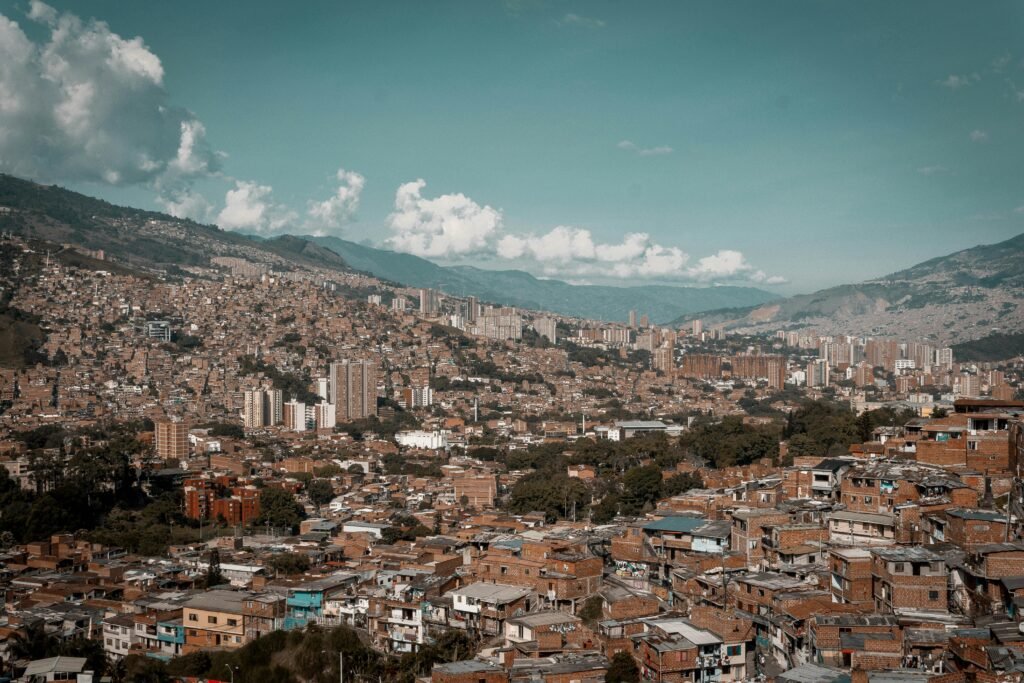
Relax in the Natural Paradise of Tayrona National Park
Tayrona National Park, located on Colombia’s stunning Caribbean coast, is renowned for its breathtaking landscapes, pristine beaches, and rich biodiversity. Spanning approximately 15,000 acres of land, this national park is a true gem that attracts nature enthusiasts and adventure seekers alike. Visitors can immerse themselves in the lush tropical rainforest, explore vibrant coral reefs, and relax on the golden sands of scenic beaches such as Cabo San Juan and La Piscina.
The park is not only a haven for outdoor activities but also holds significant cultural importance as it is home to indigenous groups like the Kogui and Arhuaco people. Their ancestral connections to the land make Tayrona a place of spiritual and historical value, contributing to the rich tapestry of Colombia’s cultural heritage. Engaging with indigenous communities can provide unique insights into their traditions and a deeper appreciation of the environment.
For those who seek adventure, Tayrona offers numerous activities. Hiking is among the most popular options, with well-marked trails leading through the verdant forests to stunning vistas. The warm waters of the Caribbean are perfect for swimming, snorkeling, and diving, allowing visitors to discover the vibrant marine life that inhabits the coral reefs. Wildlife watching is also prevalent, with opportunities to spot exotic birds, monkeys, and other creatures that call this ecosystem home.
To make the most of your visit to Tayrona National Park, it is advisable to plan your trip ahead of time. Arrive early to avoid crowds, especially during peak tourist seasons, and consider hiring a local guide to enhance your experience. Moreover, it is important to respect local customs and the environment by adhering to park regulations and minimizing your ecological footprint. This ensures that Tayrona remains a natural paradise for generations to come.

Exploring the Amazon Rainforest
The Amazon Rainforest, often referred to as the “lungs of the Earth,” is a majestic and biodiverse region that spans several countries, with a significant portion residing in Colombia. This vast expanse of lush greenery not only serves as a critical habitat for countless species of flora and fauna but also plays an essential role in maintaining global ecological balance. Home to approximately 390 billion individual trees and over 16,000 species, the Amazon embodies nature’s magnificence and complexity.
For those looking to experience this vibrant ecosystem first-hand, Colombia offers a variety of eco-tourism options that cater to different interests and levels of adventure. Travelers can immerse themselves in the remarkable beauty of the rainforest by staying in jungle lodges, which provide a unique opportunity to connect with nature while enjoying modern amenities. These lodges are often strategically placed to ensure minimal impact on the environment, offering sustainable options that prioritize conservation.
Guided tours are another excellent way to explore the Amazon Rainforest. Many local operators run eco-friendly excursions that emphasize the importance of education and conservation. These tours typically cover the diverse range of habitats found within the rainforest, allowing visitors to discover rare wildlife such as pink river dolphins, jaguars, and countless bird species. Additionally, visitors can learn about the indigenous communities that inhabit the region, gaining insight into their harmonious relationship with nature and sustainable living practices.
In summary, exploring the Amazon Rainforest in Colombia is not only an unforgettable adventure but an opportunity to witness the intricate web of life that thrives within this ecological treasure. Through responsible tourism practices, visitors can contribute to the preservation of this irreplaceable ecosystem while enriching their understanding of the world’s most biodiverse region.
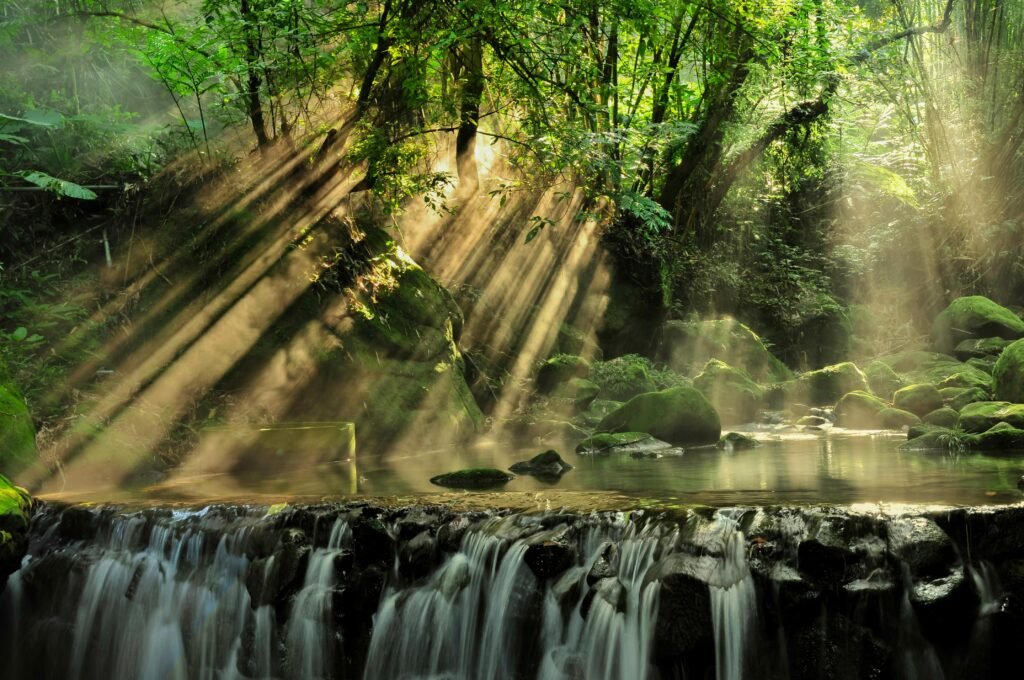
Colombia’s Culinary Delights: A Taste of the Country
Colombian cuisine is a vibrant reflection of the country’s rich cultural diversity and regional influences, resulting in a gastronomic landscape that captures the essence of its people and traditions. Defined by its use of fresh ingredients and bold flavors, Colombian food varies significantly from one region to another, showcasing the unique contributions of indigenous, African, and Spanish influences. Each region has its own specialties, making culinary exploration an essential part of the Colombian experience.
One of the country’s most iconic dishes is the arepa, a versatile cornmeal cake that can be served in various forms and filled with a multitude of ingredients, reflecting local tastes and preferences. From the coastal regions to the Andes, arepas can be found on nearly every table, making them a staple of Colombian cuisine. Another hallmark dish is bandeja paisa, a generous platter hailing from the Antioquia region, featuring a combination of grilled meats, sausages, plantains, beans, rice, and a fried egg. This dish encapsulates the hearty and fulfilling nature of traditional Colombian fare.
Empanadas are another popular Colombian snack, consisting of pastry filled with meats, cheese, or vegetables and then fried or baked to perfection. They are commonly enjoyed as street food or during festive occasions, embodying the communal spirit of sharing food with loved ones. For travelers seeking a deeper connection to Colombia’s food culture, participating in guided culinary tours or cooking classes can offer an immersive experience. These activities provide firsthand exposure to the techniques and secrets behind Colombian dishes, allowing visitors to appreciate not only the flavors but also the stories woven into each meal.
Overall, Colombian cuisine is a delightful journey through the heart of the country’s cultural heritage. By engaging with its culinary tradition, visitors can create lasting memories while discovering the significance of food within Colombian society.

Cultural Festivals: A Celebration of Colombian Heritage
Colombia is renowned for its rich cultural heritage, which is vibrantly showcased through an array of festivals celebrated throughout the year. Two of the most recognized events are the Carnaval de Barranquilla and the Feria de las Flores in Medellín, both of which attract thousands of visitors from around the globe, eager to immerse themselves in the country’s unique traditions and vibrant atmosphere. These festivals serve not only as significant attractions for tourists but also as a means of preserving and promoting Colombian culture.
The Carnaval de Barranquilla, celebrated annually in February or March, is one of the largest and most colorful carnivals in the world. The event is a UNESCO Masterpiece of the Oral and Intangible Heritage of Humanity, and it combines elements of indigenous, African, and Spanish influences. During the carnival, a blend of traditional music and dance, such as cumbia and mapalé, can be experienced as performers adorn themselves in elaborate costumes and masks. This dynamic celebration involves parades filled with dancers, musicians, and spectators, facilitating a vibrant exchange of cultures both locally and internationally.
Similarly, the Feria de las Flores, held in Medellín each August, highlights Colombia’s floral industry and the country’s commitment to showcasing its natural beauty. A striking feature of this festival is the “Silleteros” parade, where local farmers transport intricately designed floral arrangements on their backs, symbolizing the hard work and dedication of the Antioquian culture. Concerts celebrating a mix of traditional and contemporary music enliven the streets, contributing to the festive spirit. Tourists attending these events find themselves captivated by the lively ambiance and the deep cultural meanings behind the celebrations, enhancing their experience of Colombia’s heritage.
Conclusion: Making the Most of Your Colombian Adventure
Colombia, with its rich cultural tapestry and breathtaking landscapes, stands out as a unique travel destination. As travelers venture through this diverse nation, they are met with a plethora of experiences that cater to various interests. From the vibrant streets of Bogotá to the picturesque beaches of Cartagena, every corner of Colombia offers something special. Adventure seekers can indulge in outdoor activities such as hiking in the lush Cocora Valley or exploring the Amazon rainforest, while history buffs can delve into the nation’s past through its well-preserved colonial architecture.
Food enthusiasts will also find themselves at home in Colombia, where each region boasts distinctive culinary traditions. From the savory arepas of the Andean region to the Caribbean-infused dishes of the coast, the local gastronomy invites visitors to explore flavors that are both unique and delicious. Moreover, cultural festivals and music events add an exciting layer to the Colombian experience, showcasing the country’s passion for art and community.
When planning a trip to Colombia, it is advisable to stay informed about the local customs and etiquette, which greatly enhances interactions with locals. Selecting reputable tour operators ensures a safe and enriching experience. Additionally, understanding the best times to visit—whether for the vibrant flower festival in Medellín or the lively Carnival of Barranquilla—can significantly impact the quality of the travel experience. With robust infrastructure and a variety of accommodations ranging from luxury hotels to eco-lodges, travelers are sure to find suitable options that enhance their journey.
In conclusion, Colombia is a land of contrasts filled with opportunities for exploration. Its stunning landscapes, rich cultural ethos, and welcoming population make it a destination worthy of consideration. For those seeking an unforgettable adventure, Colombia awaits with open arms and countless wonders to discover.
